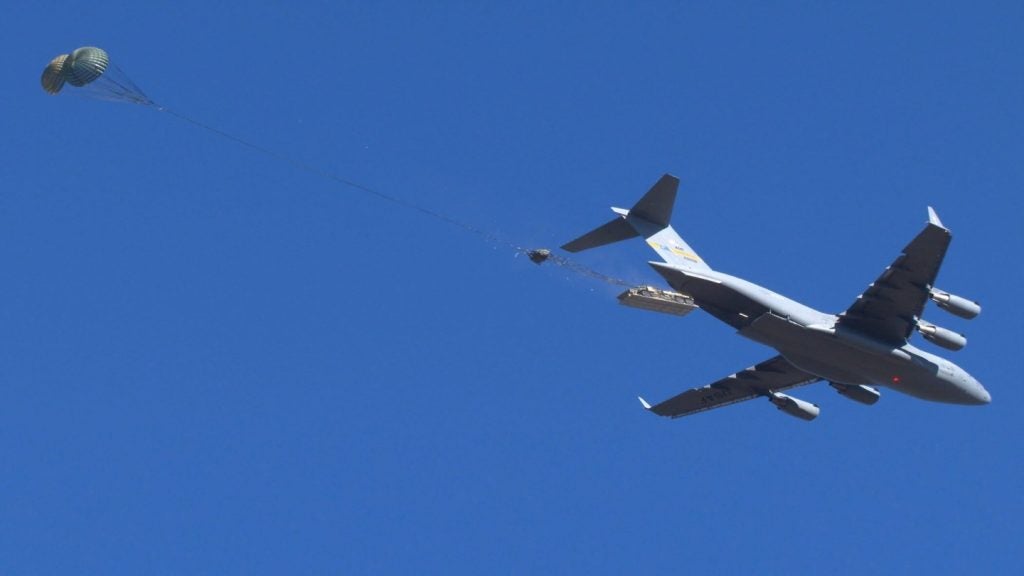Lockheed Martin has completed upgrading the US Department of Defense’s (DoD) distributed common ground/surface system-imagery (DCGS-I) testbed, with a successful site acceptance testing at the Naval Air Weapons Station (NAWS) China Lake test range in California, US.
The modernisation of mobile DCGS-I is designed to ensure compliance with the DoD’s existing interface standards, prior to its introduction into an operational environment.
DCGS Multi-Service Execution Team Office (DMO) director lieutenant colonel Mark Murray said the upgrade significantly expanded the testbed’s capacity by enabling it to carry out multiple tests simultaneously.
"With the successful completion of the site acceptance test, the DCGS-I testbed is ready to meet the ever-growing needs of our joint user community for conducting timely, real-world test scenarios," Murray added.
Lockheed Martin IS&GS-Defense C4ISR Systems vice president Jim Quinn said the company would continue to help the DoD upgrade its ISR architecture and also showcase DCGS-I’s capabilities to as many customers as possible.
See Also:
Under the programme, upgrades provided include the testbed’s software infrastructure to an open, standards-based clustered, containerised and virtual (CCV) architecture, which is capable of supporting multiple baselines, to enable it to simultaneously operate two and potentially up to four separate environments.
How well do you really know your competitors?
Access the most comprehensive Company Profiles on the market, powered by GlobalData. Save hours of research. Gain competitive edge.

Thank you!
Your download email will arrive shortly
Not ready to buy yet? Download a free sample
We are confident about the unique quality of our Company Profiles. However, we want you to make the most beneficial decision for your business, so we offer a free sample that you can download by submitting the below form
By GlobalDataUsed by the DoD for assessment of new intelligence, surveillance and reconnaissance (ISR) technologies, the containerised testbed is now scheduled to be used for testing new technologies for ISR data gathering and distribution throughout the DCGS network.
DCGS-I testbed is a mobile test environment used by contractors, services and agency programme offices to integrate DCGS components and evaluate interoperability interfaces with new sensors, applications, and net-centric operations.
Offering up to five stations that can be configured for exploitation, monitoring or analysis of the integrated data, DCGS-I played a significant part in testing capabilities during Enterprise Challenge 2012.
The global enterprise network is designed to provide operators with real-time access to time-sensitive, actionable intelligence gathered by manned and unmanned ISR platforms.







